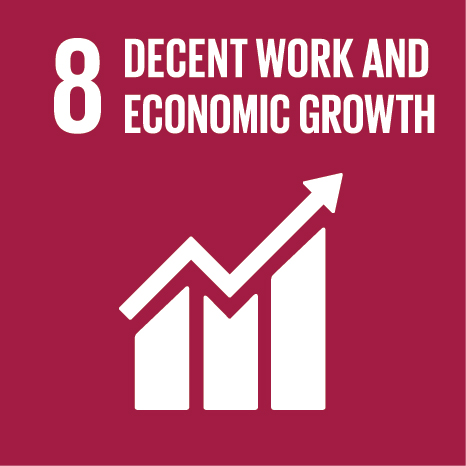Post‐migration place identity and turnover intentions among Chinese millennial migrant workers: the roles of career development satisfaction and organizational identification
Event Title
The 12th Chinese Strategic Management Scholar Forum第十二届中国战略管理学者论坛
Year (definitive publication)
2019
Language
Chinese
Country
China
More Information
--
Web of Science®
This publication is not indexed in Web of Science®
Scopus
This publication is not indexed in Scopus
Google Scholar
This publication is not indexed in Overton
Abstract
Guided by social identification theory, this study explores the relationship between post‐migration place identity, career development satisfaction and turnover intentions among Chinese millennial migrant workers in manufacturing sector. We propose that career development satisfaction will mediate the negative relationship between post‐migration place identity and turnover intentions among the millennial migrant workers and that these workers’ organizational identification will moderate the relationship between post‐migration place identity and turnover intentions such that place identity has a stronger negative impact on turnover intention for employees higher on organizational identification as compared to those who are lower on organizational identification.
Using SPSS Macro PROCESS (Model5), we tested these hypotheses on a sample of 435 millennial migrant workers in 26 firms in manufacturing sector in China. The results support the theoretical model.
Acknowledgements
--
Keywords
Millennial Migrant Workers,Post‐migration Place Identity,Turnover Intention,Organizational Identification,Social Identify Theory
Fields of Science and Technology Classification
- Economics and Business - Social Sciences
Contributions to the Sustainable Development Goals of the United Nations
With the objective to increase the research activity directed towards the achievement of the United Nations 2030 Sustainable Development Goals, the possibility of associating scientific publications with the Sustainable Development Goals is now available in Ciência_Iscte. These are the Sustainable Development Goals identified by the author(s) for this publication. For more detailed information on the Sustainable Development Goals, click here.

 Português
Português


